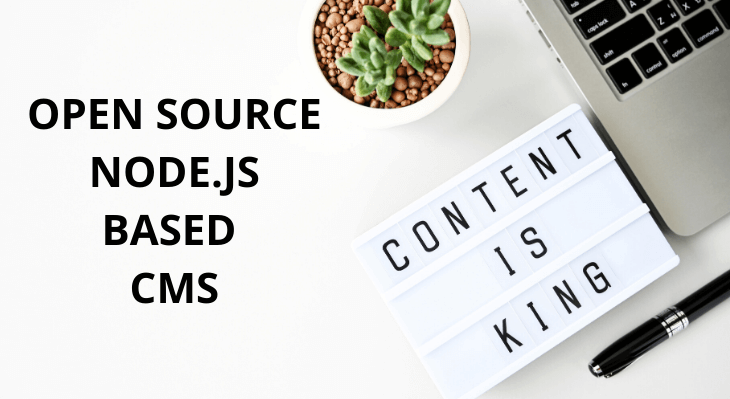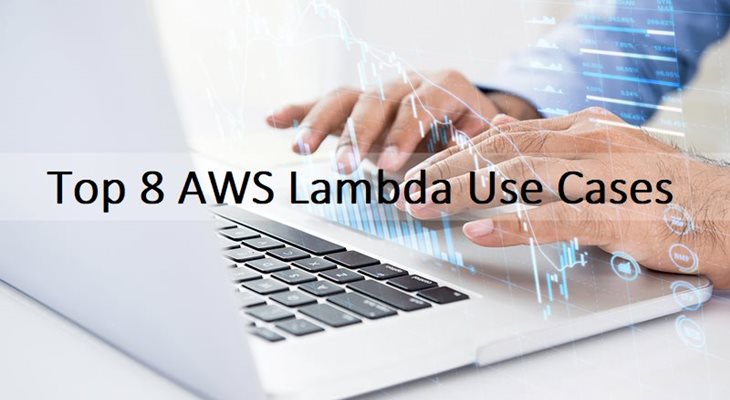Think about all the personal data your phone collects—your messages, health stats, and even what you buy online. Normally, companies need this data to train their AI, putting your privacy at risk. But what if AI could learn from your habits without ever seeing your private info? That’s the magic of privacy-preserving machine learning through federated learning—a smarter, safer way to build AI. In this guide, we will break down how it works and why it is changing the game for privacy.
Why Privacy Matters in Machine Learning?
Imagine you are teaching an AI to predict diseases using hospital records. Normally, all that sensitive patient data would be collected in one place-risking leak or misuse. But with privacy-preserving machine learning, the AI learn without seeing the raw data?
For instance, Google’s Gboard and Apple’s Siri use federated learning, a key privacy-preserving machine learning technique to improve without compromising your data.
What is Federated Learning?
Federated learning is a privacy-preserving machine learning technique where multiple devices collectively train a model without sharing their raw data; instead, they share only model updates to increase privacy and security. It is like a group study or session where everyone learns together without sharing their private notes. Here’s how it works:
- Your phone (or device) trains a small AI model using your data.
- Instead of sending your data to a central server, only the learnings (not the data itself) are shared.
- The server combines updates from thousands of devices to improve the global AI model.
- The smarter model is sent back to your device, keeping your data safe on your phone.
No data leaves your device. No privacy risks. Just collaborative learning without exposure.
How Does Federated Learning Protect Privacy?
Data Never Leaves Your Device
- Traditional AI needs all data in one place (risky if hacked).
- Privacy-preserving machine learning keeps data where it belongs: on your phone, laptop, or hospital server.
Only “Learnings” Are Shared, Not Raw Data
- Instead of sending personal chats, your phone sends patterns like;
- People who type ‘lol’ often also use emojis.
- The server never sees who said it— just the trend.
Secure Aggregation (Mixing updates Anonymously)
- Think of it like a secret ballot system.
- Thousands of updates are mixed before the server sees them, and a single user’s input is disclosed.
Real-World Uses of Federated Learning
- Smartphone Keyboards (like Gboard): Your phone learns your typing habits but never sends your messages to Google.
- Healthcare (Without Breaking Patient Privacy): Hospitals can train AI to detect diseases without sharing patient records.
- Banking (Fraud Detection Without Seeing Transactions): Banks improve fraud detection without accessing individual spending histories.
- Self-driving Cars (Learning from Many Drivers Safely): Cars share driving patterns without revealing location data.
- Music Apps (Personalized Playlists Without Tracking You): Apps learn your taste without storing your listening history on their servers.
Challenges of Federated Learning
Nothing’s perfect— here are some hurdles:
- Slower Training (No Central Data = More Rounds0): As data is not pooled, models take longer to train.
- Internet & Device Limitations: Old phones or weak connections can slow things down.
- Fairness Issues (Biases in Local Data): If one device has biased data, the global model might inherit it.
- Security Risks (Fake Updates from Hacker): Hackers could try sending false updates, but encryption helps to block them.
How companies are using Federated Learning Today
- Use: Learns from millions of users typing habits.
- Benefit: Improves predictive text and autocorrect features without accessing the actual messages sent by users.
Apple’s Siri Suggestions
- Use: Improves personalized recommendations and responses.
- Benefit: Learns user preferences and behavior without uploading personal data to Apple’s servers.
Hospitals Researching Rare Diseases
- Use: Share insights without exposing patient identities.
- Benefit: Shares insights for research purposes while maintaining patient confidentiality and protecting sensitive health information.
The Future: Privacy-Preserving AI for Everyone
Privacy-preserving machine learning (federated learning) has become essential as data privacy laws (like GDPR) get stricter. Companies like Apple and Google are already using it. Soon, we might see:
- Federated learning in social media (personalized feeds without tracking).
- Smart home devices that learn your habits privately.
- Government systems that analyze trends without spying on citizens.
The best part is you do not have to choose between smart AI and privacy anymore.
Final Takeaway: A Win for Privacy and Progress
Privacy-preserving machine learning proves AI can be powerful and private. By keeping data on your device and only sharing anonymous insights, it’s paving the way for AI that’s both powerful and respectful of your personal life. Whether it’s your keyboard predicting words or hospitals detecting diseases, this approach makes tech safer for everyone. The future of AI isn’t just about getting smarter—it’s about earning trust. And that’s something worth celebrating!
Want to dive deeper? Follow KnowledgeNile!
FAQ
1. What is privacy-preserving machine learning?
Answer: It's a brilliant method of training AI models without compromising individuals' private data. Rather than amassing all data in a centralized location, it learns from patterns without jeopardizing personal data on users' devices.
2. What is a privacy-preserving technique?
Answer: These are unique approaches (such as federated learning) that enable computers to learn something beneficial from information without visually seeing or storing sensitive information about people.
3. What is private machine learning?
Answer: It's when AI systems are designed to protect your personal information without making your life any less intelligent, such as your phone learning how you type without making a company's server necessary to send messages.
Recommended For You:
What Is Machine Learning As A Service: List Of Best MLaaS Platforms





